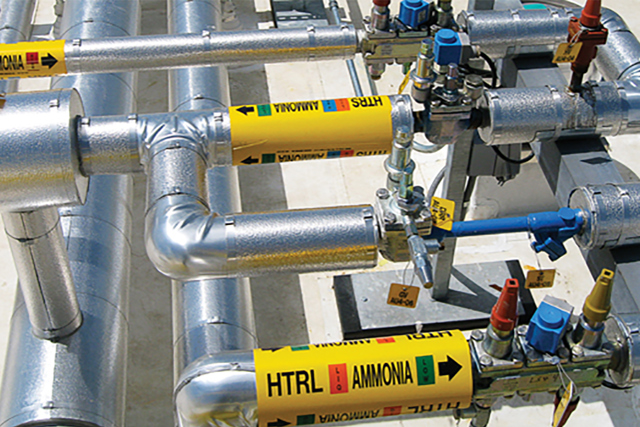Ammonia (NH3) is a well-known refrigerant, particularly applicable in large, industrial plants where its advantages can be fully utilized without compromising safety.
Ammonia is renowned for its favorable thermodynamic properties. In a wide range of applications, it outperforms synthetic refrigerants. However, it has a number of drawbacks that have so far prevented the use of ammonia for commercial applications, e.g. material compatibility, toxicity, and flammability.

Ammonia in industrial refrigeration

Coolselector®2

The new Ref Tools app
Case studies
Something went wrong. We are working on this. Please, try again a bit later.
